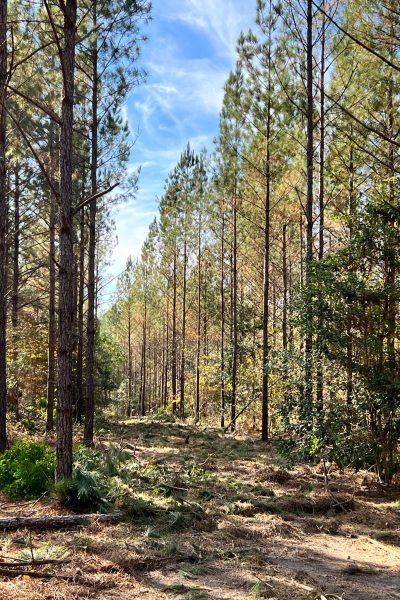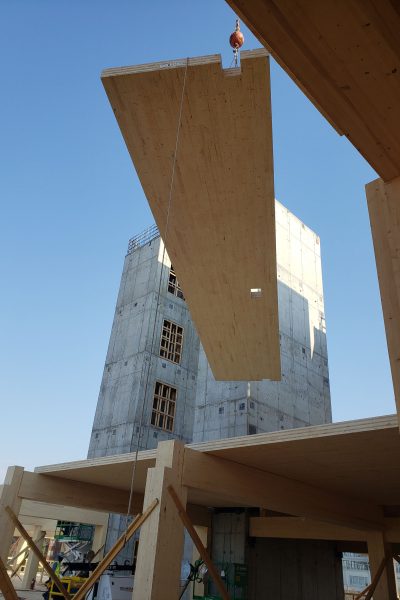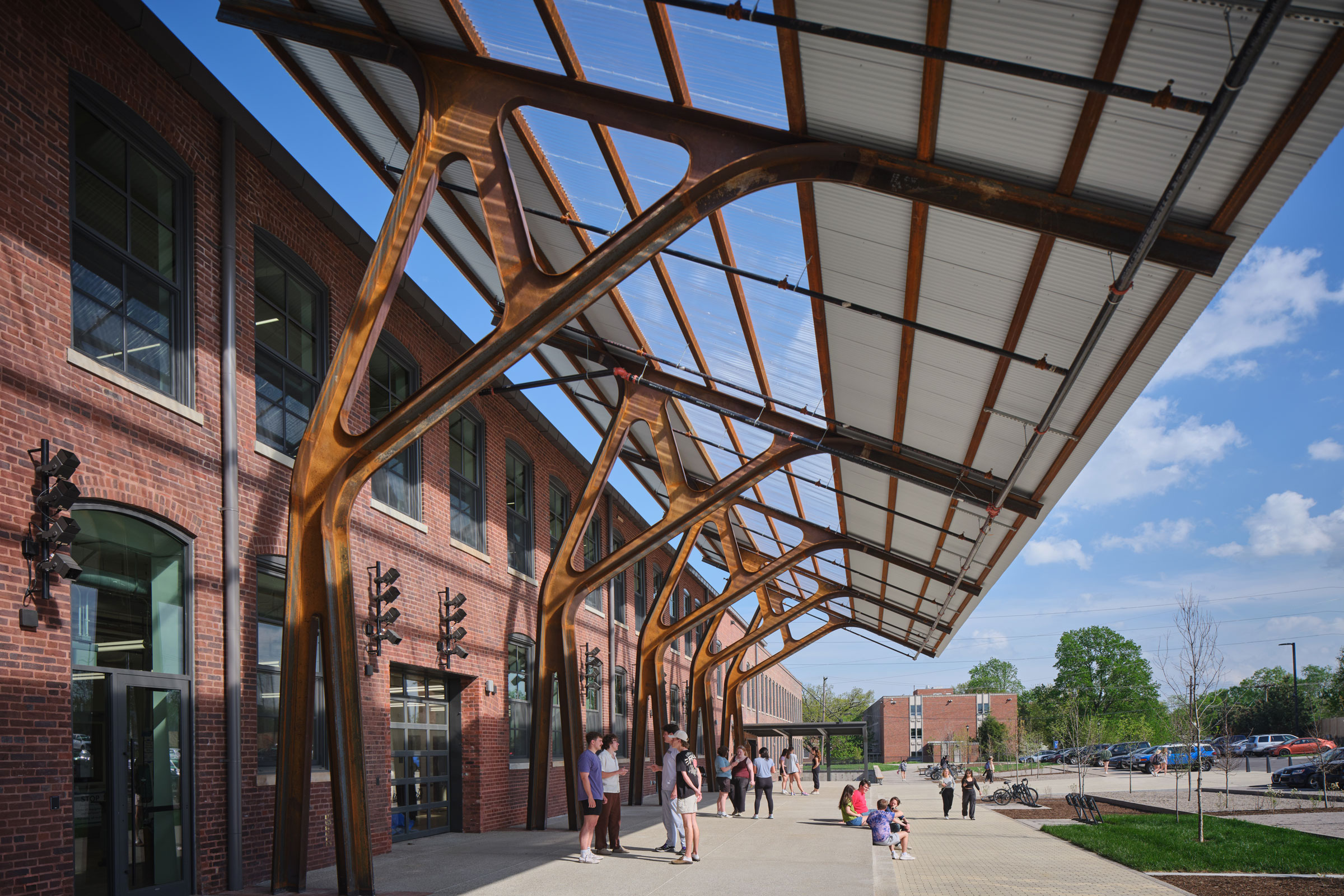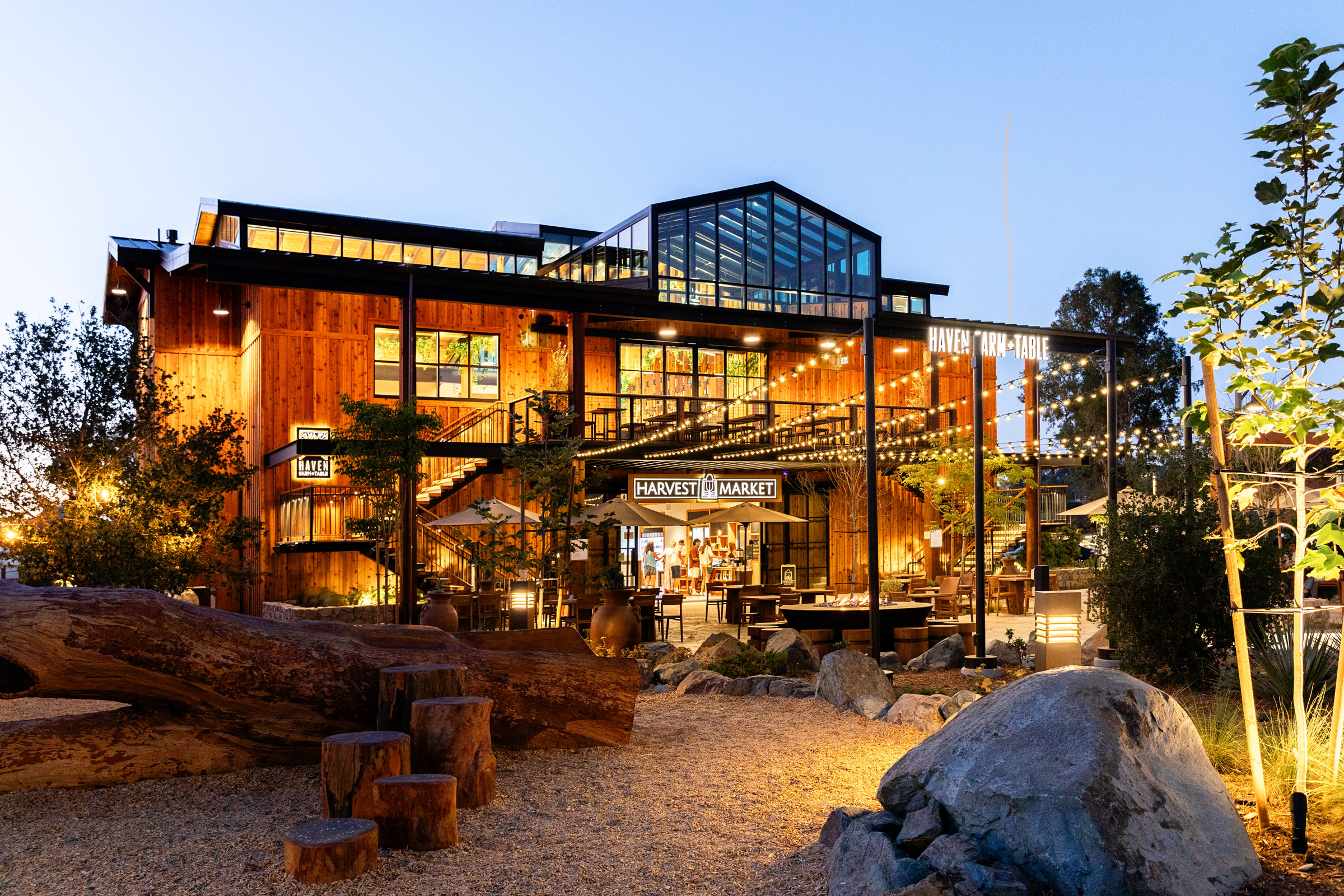Story at a glance:
- A recent panel discussion hosted by the American Wood Council and WoodWorks makes the case for mass timber.
- American forests are a sustainable option for sourcing mass timber materials.
In 2024 the American Wood Council and WoodWorks hosted their first Climate Week NYC event. The event, Building with Wood: Nature’s Climate Solution, joined the week-long series of climate-focused discussions, panels, and workshops across the city. Building with Wood was a panel discussion featuring three panelists, each representing a different part of the mass timber story, giving the audience a broad picture of the entire supply chain of mass timber—from the forest to design and construction and ending with an overview of policy and barriers related to its adoption.
In focusing on North American forests, the panelists discussed several aspects that make American forests the sustainable choice for sourcing mass timber materials. Today the US has around 514 million acres of working forests, the majority of which are privately owned and managed. These forests are strictly regulated through legislation such as the Clean Water Act, Endangered Species Act, and others that ensure the continued preservation of the forest’s ecology and guard against deforestation. In fact, today in the US and Canada annual forest growth exceeds the annual amount harvested.
The Myth of Scarcity

Photo courtesy of American Wood Council
Katie Fernholz, president of Dovetail Partners, pointed out that the reality of North American forests often does not match the perception. Fernholz discussed the myths surrounding how many Americans understand the role of forests and their relationship with them, including the myth that forests are healthier without human management. This is driven by what Fernholz calls a “scarcity mindset,” where people view forests as a scarce resource and believe distancing ourselves from the forest is the best way to protect it.
This mindset does not match the current reality of forests in North America. Today less than 2% of working forests are harvested each year, and all of what’s harvested is regrown. North America is not at a great risk for deforestation, and Fernholz urges people to move from a scarcity mindset to a relational mindset where we recognize the mutually beneficial relationship between forests and people. This approach promotes healthy forest management practices that focus on sustainability, resiliency, and the long-term flourishing of forests and their ecosystems.
US mills also employ a variety of strategies to limit waste and lower emissions. Wood residuals—the part of a log not included in the final structural product, like sawdust, wood chips, shavings or edgings—are often used to power mills through biomass limiting reliance on petroleum-based fuels and waste. Furthermore, these residuals, if not used to power their own mill, can be made into wood pellets for biofuel and used as a feedstock in the pulp and paper sector. Overall sawmills in the US have the ability to make use of 99% of every log harvested.
Benefits of Mass Timber

Photo courtesy of American Wood Council
More developers, architects, cities, universities, and organizations are turning to mass timber for its climate and construction benefits. As the demand grows across the US, wood sourcing and forestry impacts are vital considerations to ensure the sustainability and low carbon benefits of mass timber.
US working forests produce some of the most sustainable wood products in the world, as they are sourced from highly regulated and responsibly managed forests and are manufactured in processes that limit waste and fuel their operations with renewable biomass.
The primary threats to forests in the US are wildfire, insects and disease, and land use change (deforestation for development and/or agriculture). Sustainable forest management can help protect forests from wildfire and disease by reducing the overall density and monitoring for harmful diseases. Healthy markets for US wood products incentivize responsible forest management, which includes replanting after harvest, and ultimately helps to keep forests as forests instead of converting them to other land uses.
The second panelist, Alexis Feitel, the team carbon unit director at KL&A Engineers & Builders, provided further support for the sustainable attributes of US wood products by highlighting their benefits as a low carbon alternative to conventional materials like steel and concrete.
The Future of Mass Timber
Sandra Lupien, the director of MassTimber@MSU, wrapped up the panel by explaining the opportunities for and barriers to wider adoption of mass timber in the US market, highlighting a “Build Clean” policy approach that relies on the comparison of different materials’ carbon impacts early in a building’s design, rather than the more common “Buy Clean” approach that makes low carbon procurement decisions late in the process after material type has already been decided.
This approach encourages embodied carbon reductions by favoring climate friendly materials like sustainably sourced mass timber, which in turn stimulates the wood product market and encourages the protection and sustainable maintenance of healthy forests.
Madison Stephens contributed to this article.



